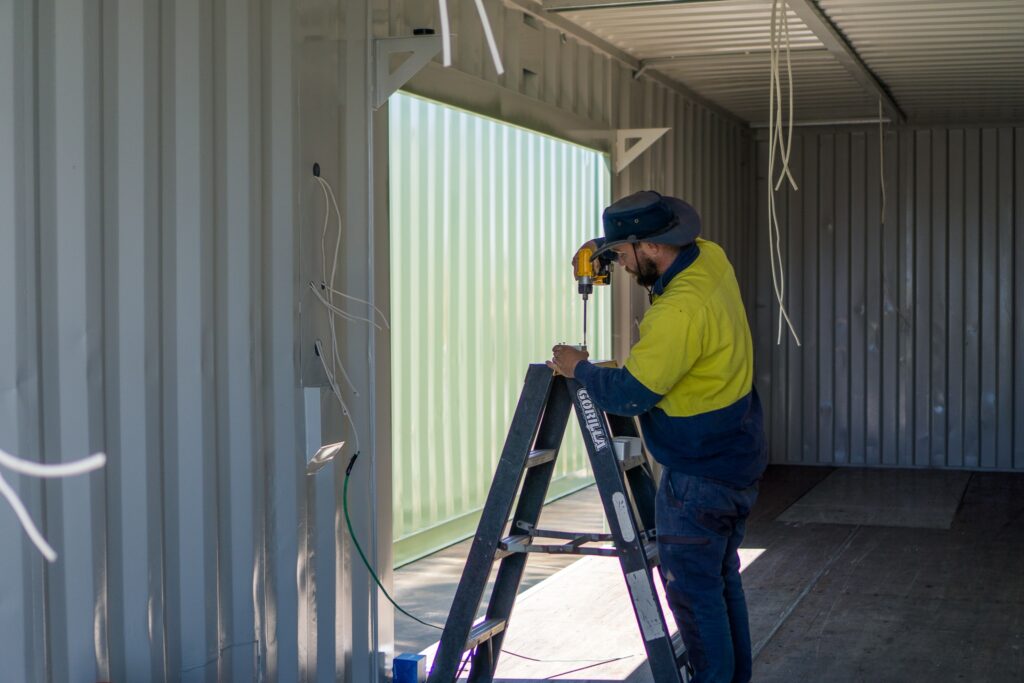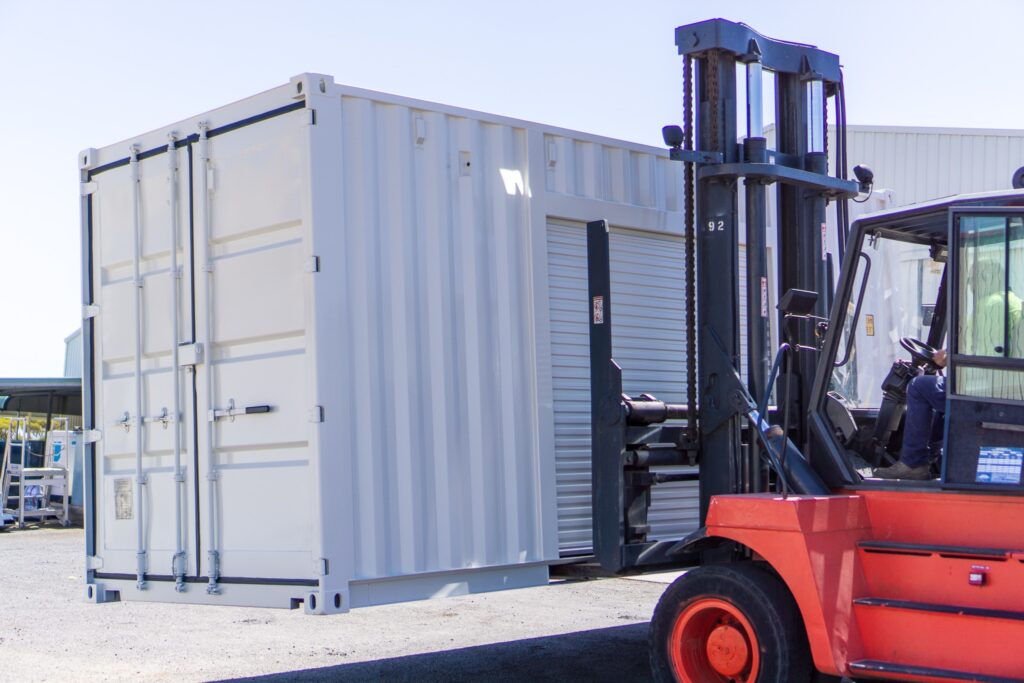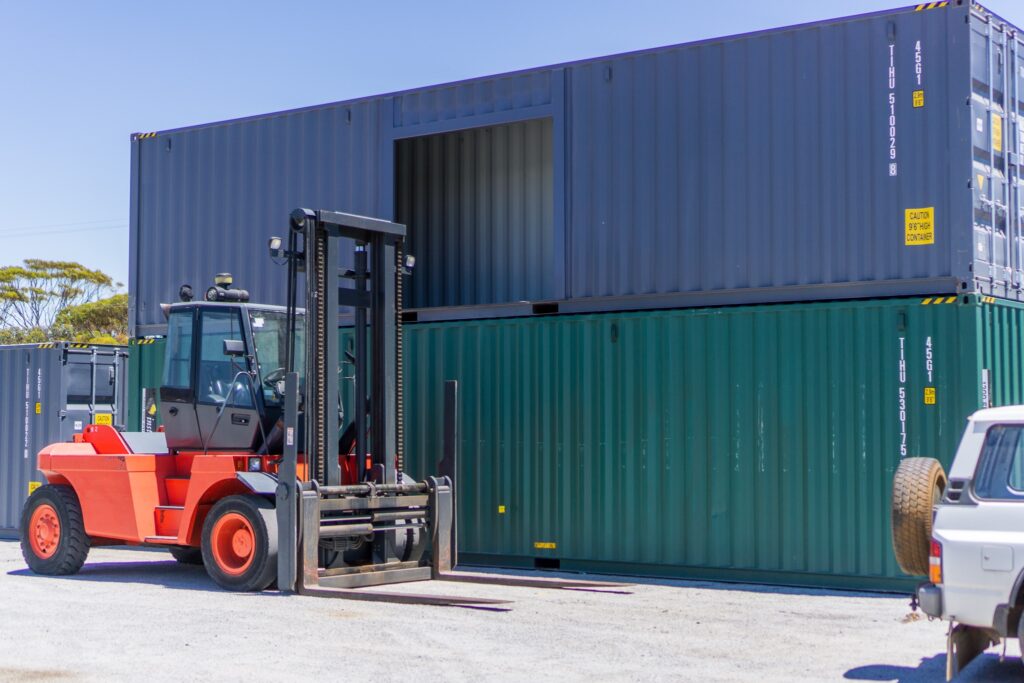Believe it or not, our modern world is shaped by shipping containers as much as by computers or mobile phones. Without these steel boxes, the safe, fast, and cost-efficient supply chains that drive the global economy wouldn’t be achievable. Containers feature thick steel walls that protect cargo from damage, pests, and the elements; come in various sizes and dimensions; are easy to move with forklifts and cranes, and can be stacked on top of each other.
It’s these same features that make containers ideal for repurposing into workplace facilities for heavy industries. Modifications that range from simple conversions to complex engineering turn containers into high-quality versatile structures for offices, living spaces, workshops, and storage facilities. For military and defence applications container fit-outs and modifications can be used to create forward operating bases to support tactical operations in the field.
Modular, Off-Site Construction and its Benefits
Repurposing and modifying shipping containers for workplace facilities is a method of off-site, modular construction. As opposed to traditional on-site construction, a structure is completed off-site in a factory environment and transported to its location when finished.
This method offers significant benefits:
Consistent Quality
The use of streamlined manufacturing techniques and processes make for improved quality control. Completing work in a factory environment protects materials from the elements and allows workers to operate securely and with focus.
Increased Efficiency
Off-site, modular construction projects can be completed faster and more efficiently. Weather can’t delay the project, and any necessary on-site work can take place alongside off-site work.
Predictable Costs and Precise Timelines
Traditional construction projects often veer off schedule and go over budget – delaying operations and decreasing the return on investment. The planning and processes that go into a modular construction project allow for predictable upfront costs and precise timelines.
Minimal Impact on Your Operations
Modular, off-site construction methods allow for less disruptions and hazards on-site that impact business operations. This increases the safety, efficiency, and productivity of all the stakeholders involved.
Increased Flexibility
The cost and timelines of traditional, on-site construction make this method primarily suitable for permanent structures. While modular construction methods are suitable for both permanent structures and temporary/relocatable structures.

The Advantages of Using Containers for Modular Construction
Containers are one of the most versatile building materials for a modular construction project. These steel boxes can be cut, built, and modified however desired. And their origins as shipping containers give them an unmatched advantages for strength and mobility.
Mobility
Containers can be lifted and moved by forklift or crane for relocation around site. If a container needs to be moved across sites they can travel over land by rail and road, traverse the ocean on ships, and take flight on cargo planes.

Strength
Containers aren’t indestructible, but they are extremely tough, secure, and durable. A container is built to weather extreme environmental conditions, be highly protected from pests, and stable enough to be heavily loaded and stacked. And only light maintenance is required over decades of use.

When shipping containers are modified by a qualified and creative design team with fabricating capabilities the sky is truly the limit. Next week we’ll be exploring the possibilities of container modifications and what they can do for workplaces. In the meantime, check out our modified containers.

